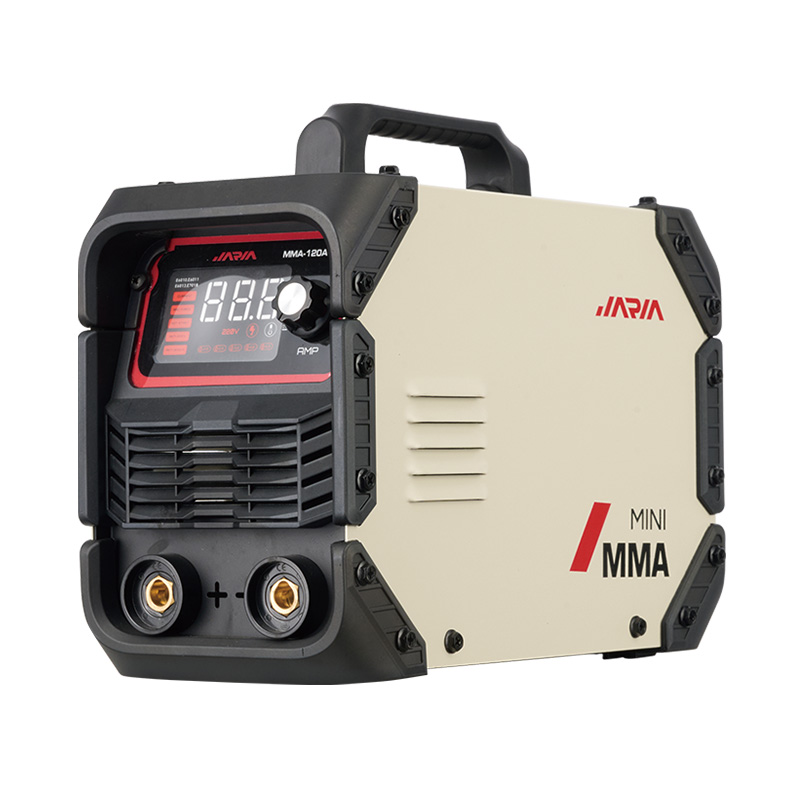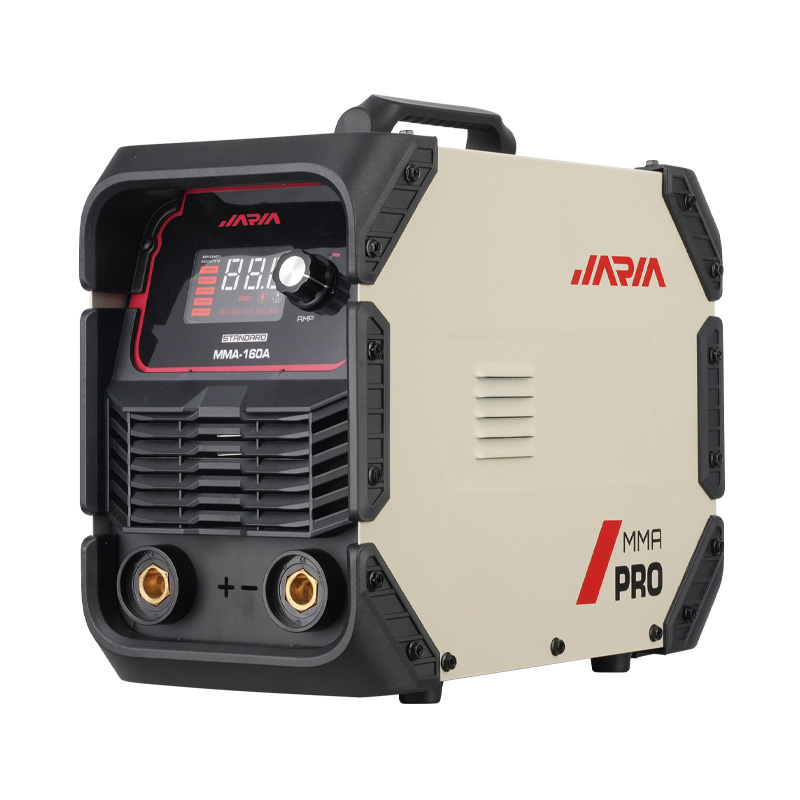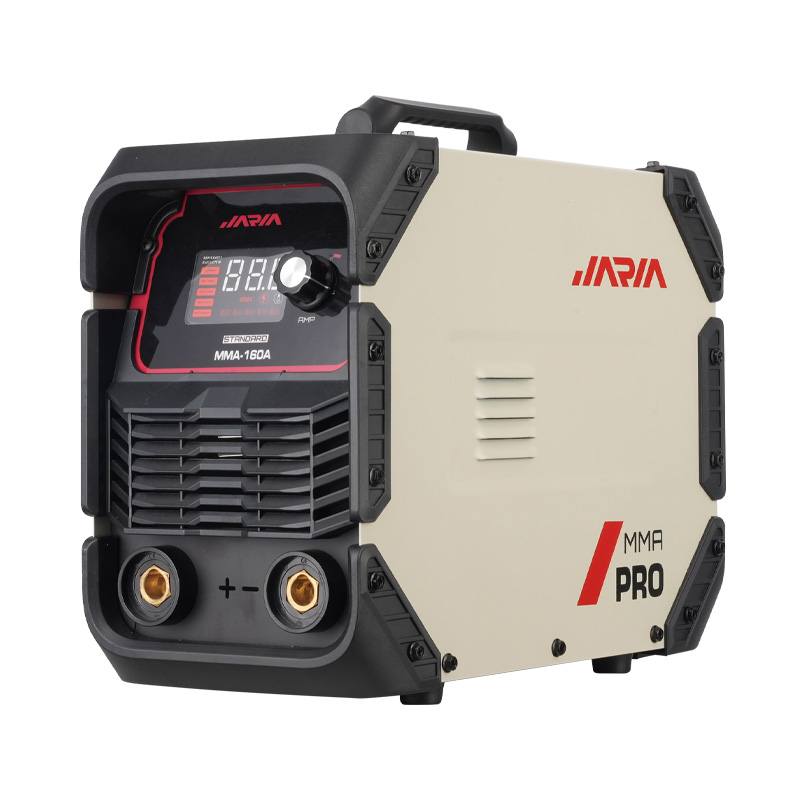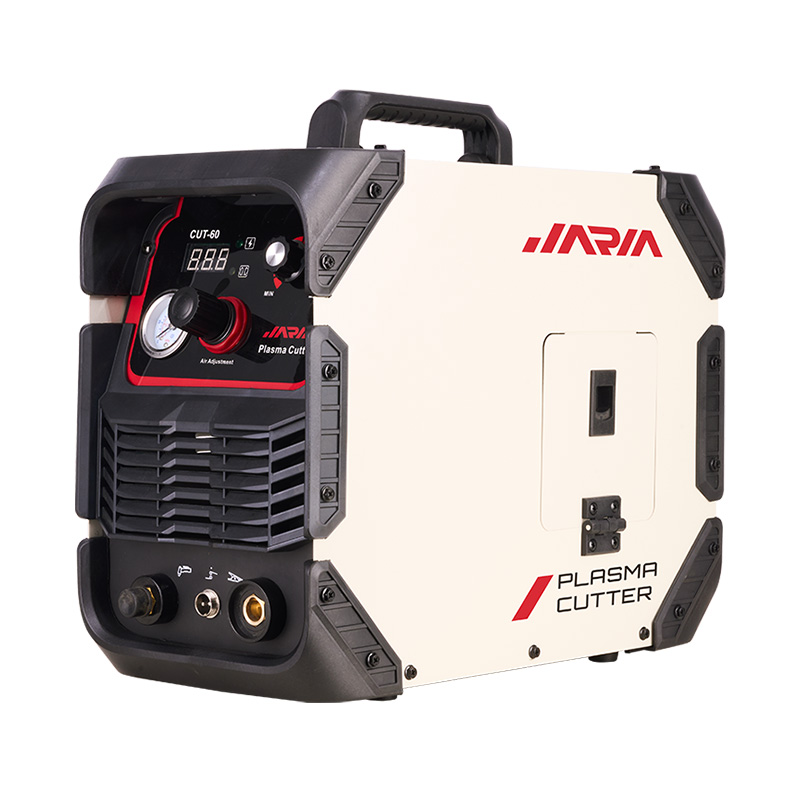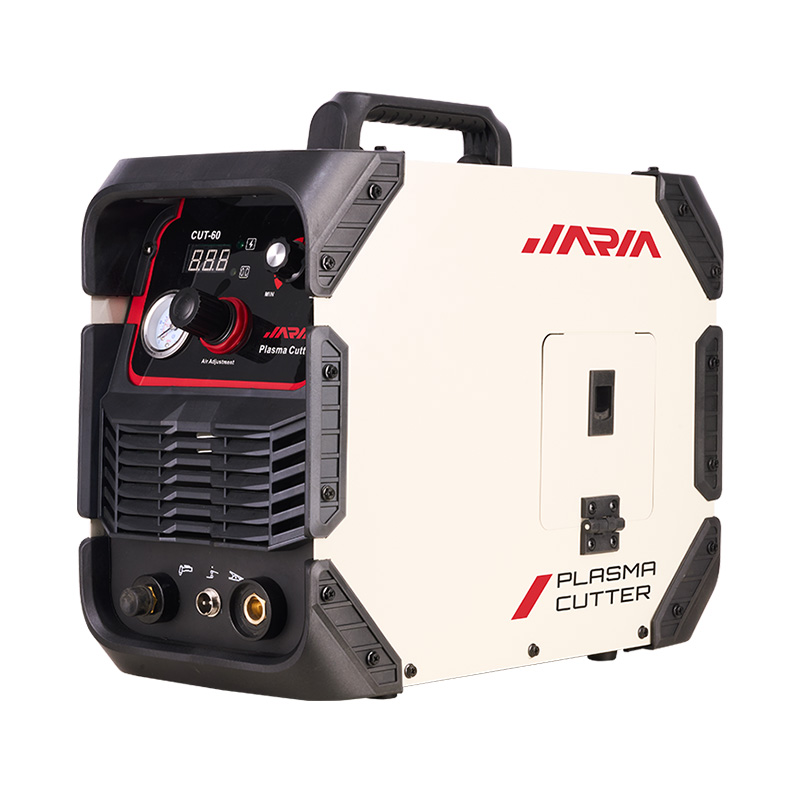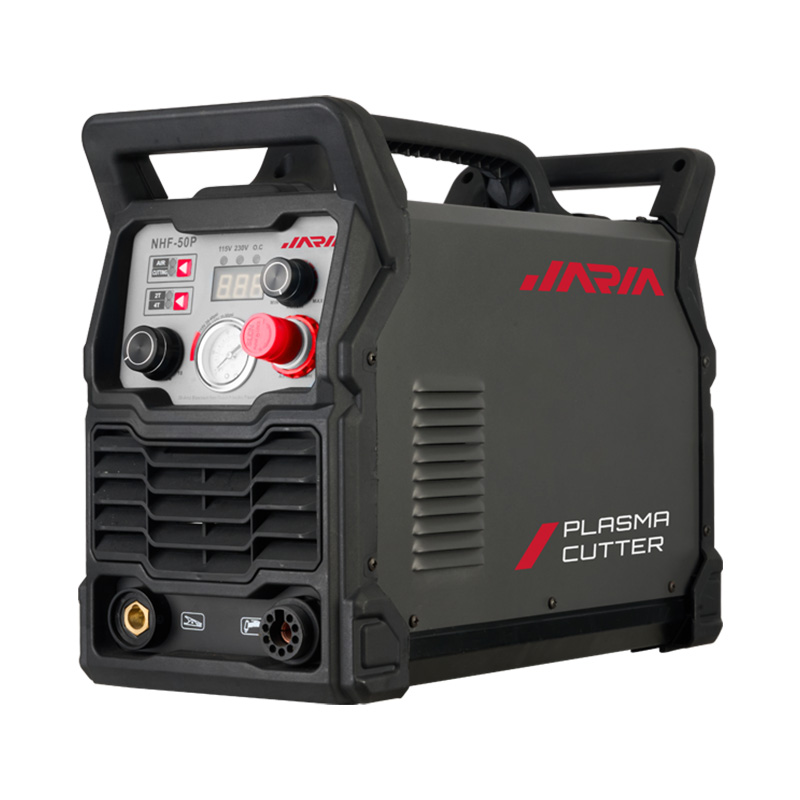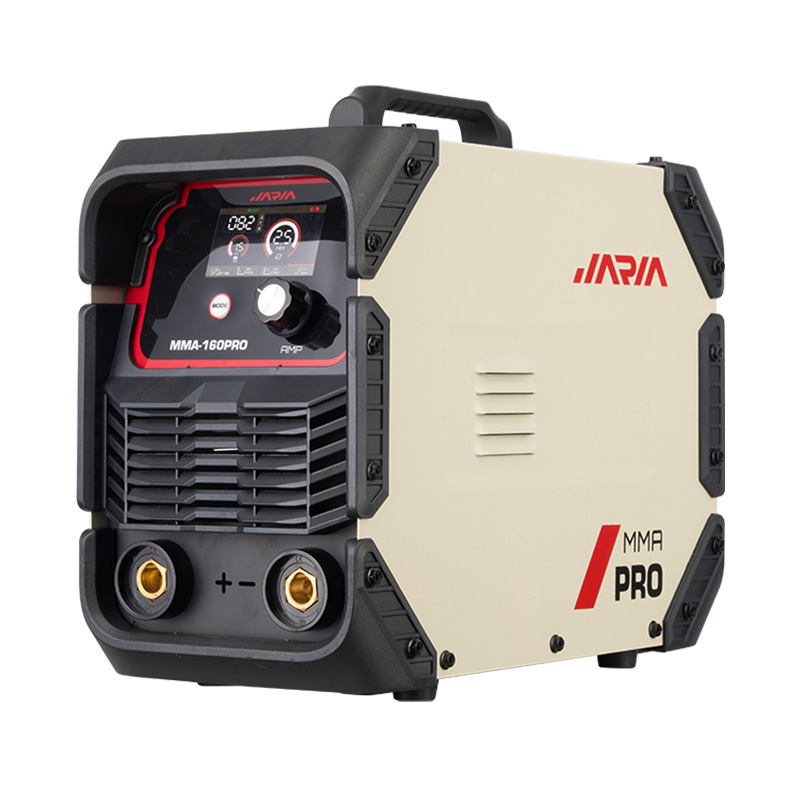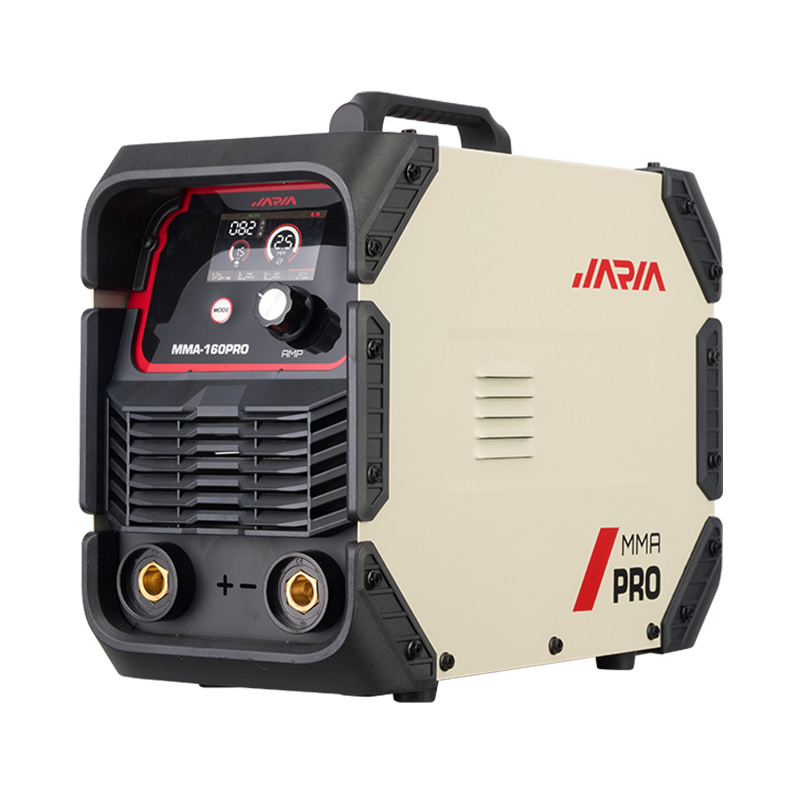Wholesale OEM/ODM tig welder Manufacturers in China
In the realm of welding, precision, quality, and versatility are paramount. Among the various welding processes, OEM/ODM tig welder stands out as a cornerstone technique known for its exceptional capabilities. This article aims to delve into the world of OEM/ODM tig welders, exploring their applications, comparing them to MIG welding, and deciphering the fundamental differences between the two processes.
What is a TIG Welder Used For?
TIG welding, or Tungsten Inert Gas welding, is a specialized process that utilizes a non-consumable tungsten electrode to create welds. The electrode heats the base metal, and a separate filler material is often used to create the joint. TIG welding is valued for its precision, control, and ability to produce high-quality welds. Its applications are diverse, spanning across industries:
Aerospace: The demanding requirements of aerospace engineering call for impeccable welds. TIG welding's ability to produce clean, precise welds on thin materials makes it an ideal choice for aircraft components.
Automotive: TIG welding is commonly employed for welding intricate joints in automotive components, including exhaust systems, roll cages, and suspension parts.
Pipe Welding: TIG welding is widely used for welding pipes and tubes in industries such as plumbing, petrochemicals, and nuclear power.
Metal Artistry: TIG welding's precise control allows artists to create intricate metal sculptures and decorative pieces.
Culinary Industry: TIG welding finds an unexpected application in the culinary world for welding stainless steel components in commercial kitchens.
What's Better: MIG or TIG Welding?
The debate between MIG (Metal Inert Gas) and TIG welding often revolves around the specific requirements of a project. Both processes have their merits, but TIG welding shines in certain areas:
Precision: TIG welding's precise control and lack of spatter make it ideal for projects where accuracy is paramount.
Cleanliness: TIG welding produces clean, slag-free welds, making it suitable for applications where appearance matters, such as architectural structures.
Thin Materials: TIG welding's ability to weld thin materials without distortion or burn-through makes it a go-to choice for projects involving delicate components.
Versatility: TIG welding can be used with a variety of metals, including steel, stainless steel, aluminum, and copper.
Weld Quality: TIG welding typically produces high-quality, defect-free welds that require minimal post-welding cleanup.
However, MIG welding has its own advantages, including higher deposition rates and ease of use, which make it better suited for certain applications.
Differences Between TIG and MIG Welding Processes
Electrode Type: In TIG welding, a non-consumable tungsten electrode is used to create the arc. In MIG welding, a consumable wire electrode is used, which also serves as the filler material.
Filling Material: In TIG welding, a separate filler rod is often added to the joint. MIG welding uses a continuous spool of filler wire that is fed automatically.
Shielding Gas: TIG welding uses inert gases such as argon or helium to shield the weld zone from atmospheric contamination. MIG welding uses a combination of inert gas and active gases (like CO2) to protect the weld.
Control: TIG welding provides more precise control over the heat input, making it suitable for intricate welds. MIG welding is generally easier to learn and provides faster deposition rates.
Weld Appearance: TIG welds are known for their clean appearance, minimal spatter, and precise bead formation. MIG welding can produce more substantial weld beads with a textured appearance.
Thickness: TIG welding is better suited for thin materials, while MIG welding's higher deposition rates make it suitable for thicker materials.
Conclusion
TIG welding stands as a testament to the fusion of skill and technology, offering unparalleled precision and versatility. Its applications span from aerospace to artistry, reflecting its ability to cater to diverse needs. While the choice between TIG and MIG welding depends on project specifics, TIG welding's advantages in terms of precision, cleanliness, and quality cannot be overlooked. Understanding the differences between these processes equips welders with the knowledge to select the optimal technique for a given task. As industries continue to evolve, TIG welding remains a cornerstone in the world of welding, delivering excellence and innovation with each precise bead and expertly joined metal.

 英语
英语 西班牙语
西班牙语 阿拉伯语
阿拉伯语